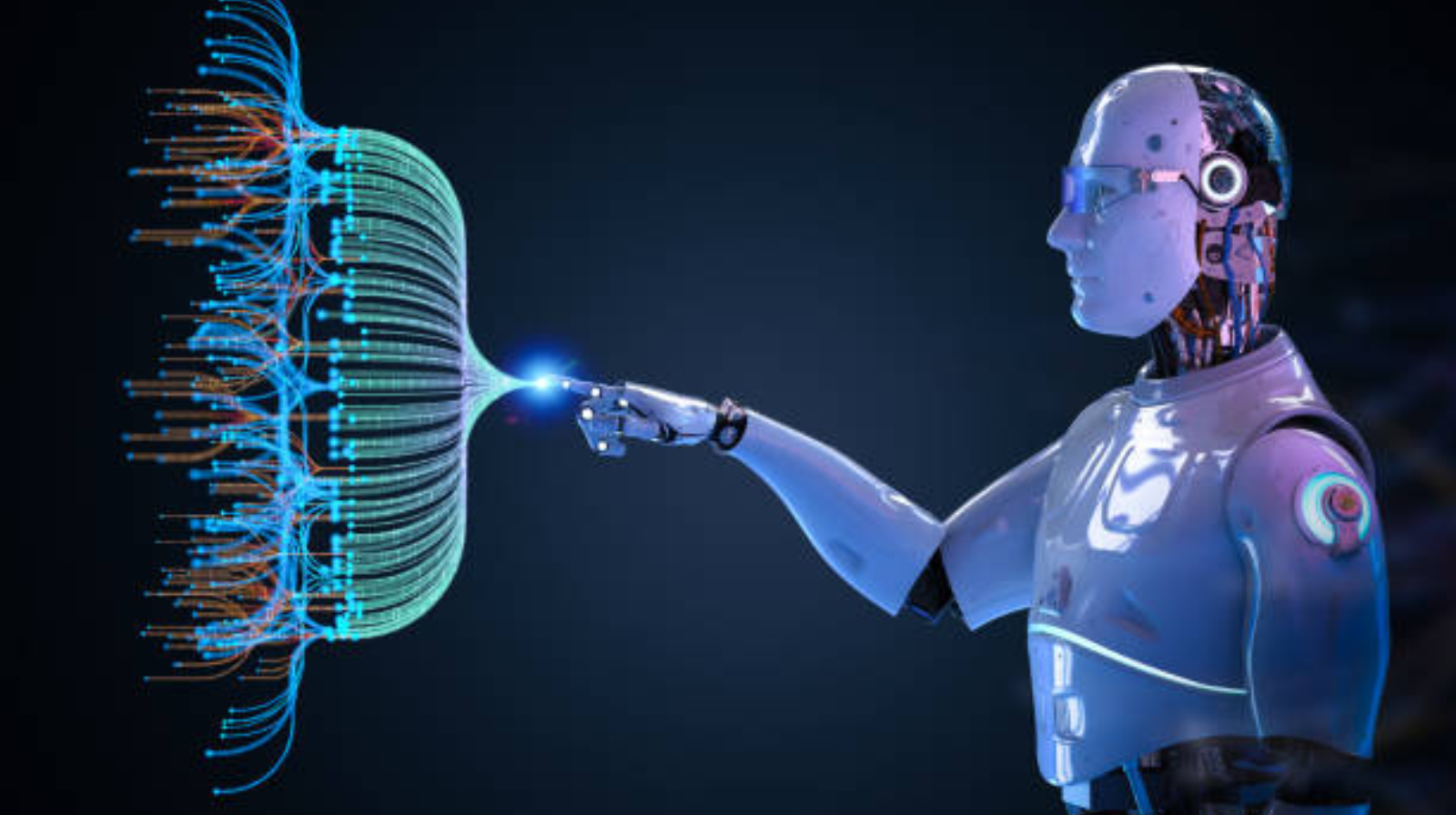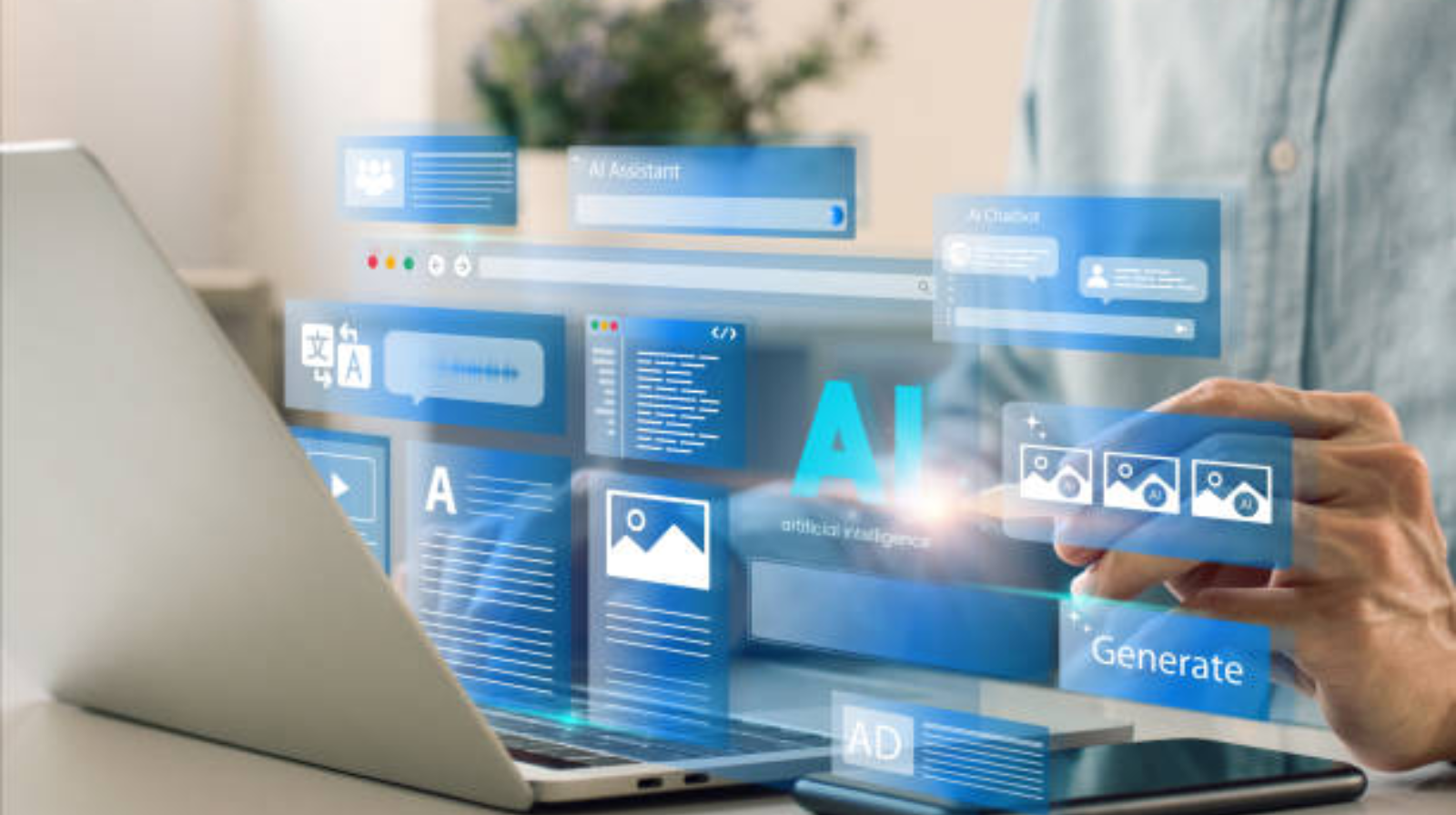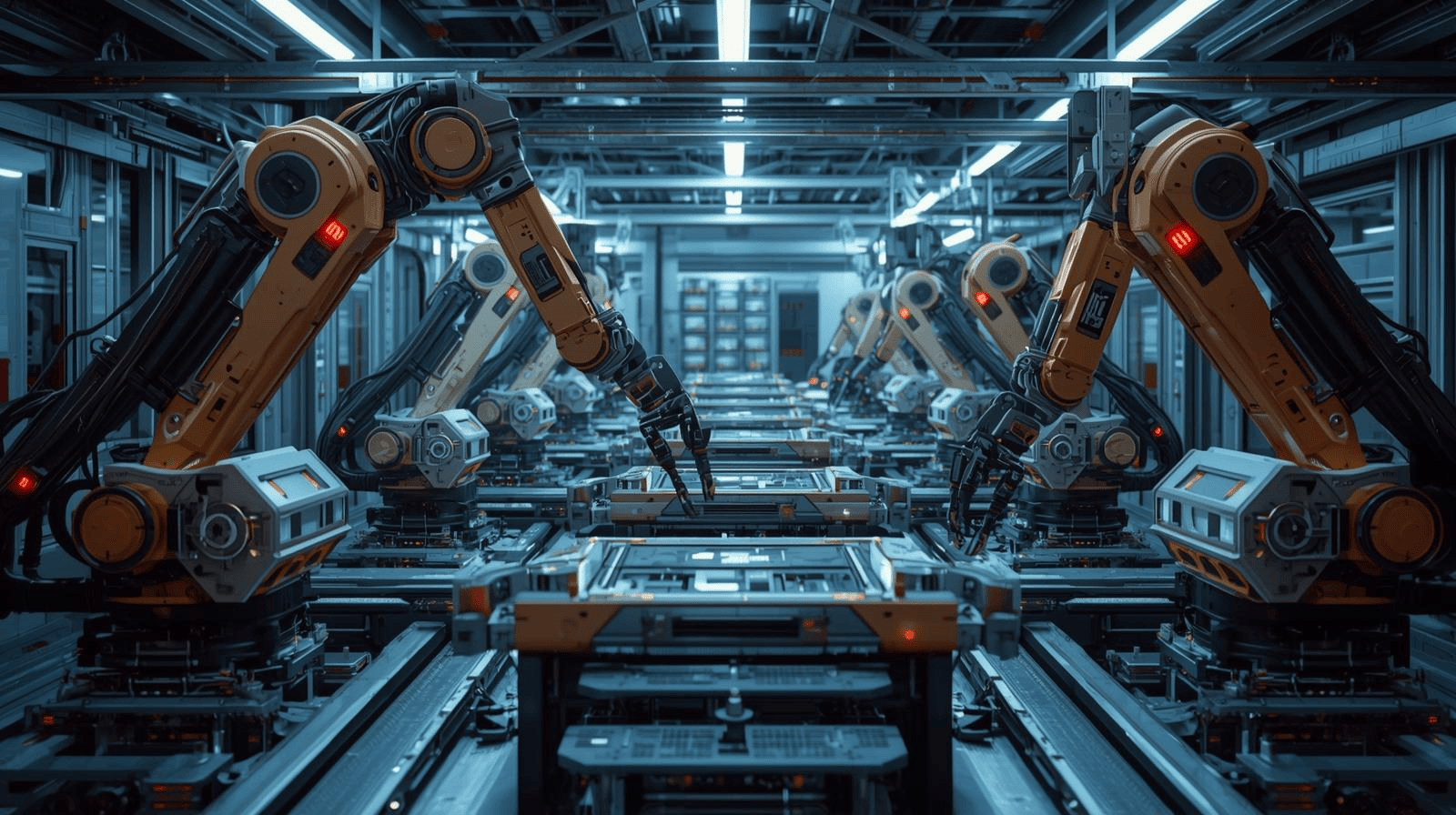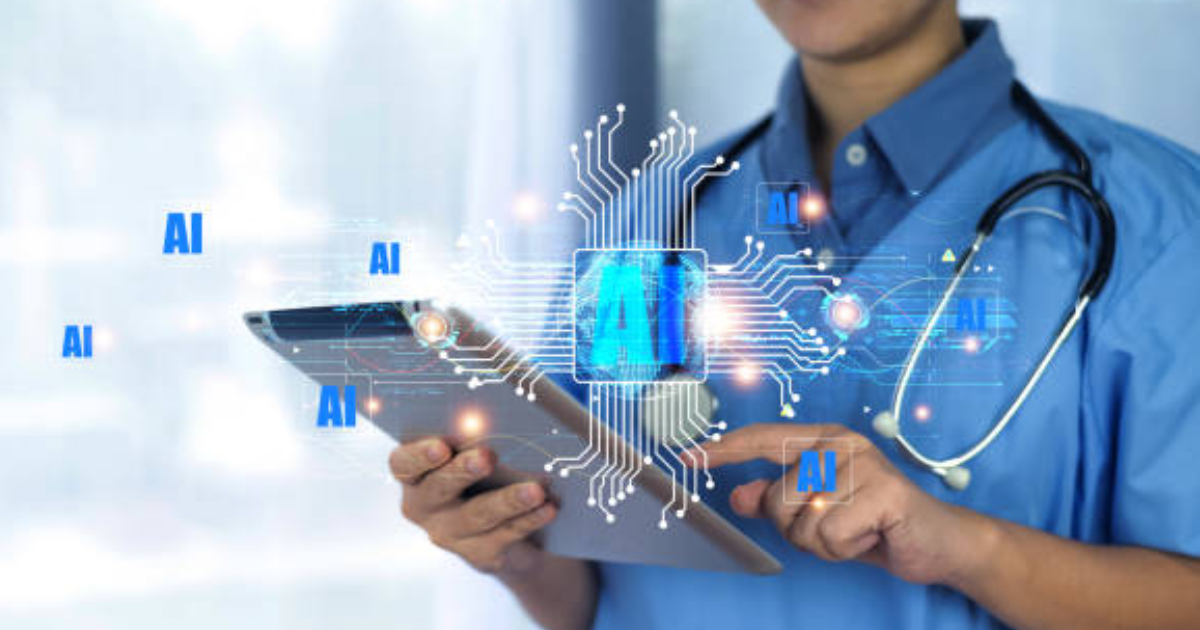
The next wave of digital transformation in the United States is now being fuelled by Artificial Intelligence (AI). The U.S is leading in the direction of embracing AI technologies that are transforming industries, businesses and society, including advanced automation and predictive analytics, generative AI and ethical governance.
By 2025 AI will no longer be a buzzword, but it will be a part of the work, communication, and life of Americans. We will examine the current developments in the field of artificial intelligence in the United States and its impact on economic development, corporate strategies and research.
Among the largest AI trends that are sweeping the U.S., there is the so-called generative AI technologies, capable of generating text, pictures, videos, even software code. Chatbot and midjourney or other tools such as ChatGPT have transformed the way businesses think about creativity, marketing and automation.
They are applying generative AI to:
To reduce expenses, enhance efficiency and increase scale creativity as never before, American firms are adopting these tools. Nevertheless, with its emergence comes the necessity of ethical utilization and control, an emerging theme of discussion among the U.S. policymakers.
The U.S. has been one of the most prominent AI users in automation. With greater capability, AI systems are automating repetitive time-consuming jobs in industries.
In the manufacturing industry, AI-powered robots are able to navigate manufacturing lines with precision. AI is applied in finance to detect fraud and risk analysis. Even the process of customer service now depends on chatbots and virtual assistants based on AI to respond to inquiries 24/7.
Nevertheless, reskilling the workforce is also demanded by this automation boom. The American firms are also spending a lot of money on AI training programs to educate employees to operate with intelligent systems instead of to be substituted with them.
Ethical governance has been the priority following the wide use of AI. Both the U.S government and individual corporations are working on the frameworks that would make AI transparent, fair and accountable.
The main objectives are to prevent the bias of algorithms, ensure user confidentiality, and ensure that the common good trusts the AI systems. To ensure that practices of development and deployment are adhered to, many organizations are establishing AI ethics committees to monitor and address federal guidelines and corporate values.
The idea of responsible AI governance is not only an ethical issue, but it is a commercial benefit. Business organisations that value transparency and fairness are gaining more consumer and investor confidence.
In the U.S., AI is transforming healthcare, improving patient outcomes, and operational efficiency. Machine learning models predict diseases, suggest treatment, and analyze medical imaging with unprecedented accuracy in hospitals and research centres.
Applications include:
The example of AI implementation in healthcare shows that technology can save lives and streamline the U.S. healthcare system and make it more efficient and cost-effective.
Large corporations were the first ones to embrace AI, however, small and medium-sized U.S. businesses are rapidly following suit. Cheap AI marketing, analytics, and operations tools have made the playing field level, with small firms competing with large ones.
Examples include:
Through AI, SMBs are improving customer experiences, cutting costs and scaling at a faster rate without necessarily investing heavily in manpower.
Another significant trend, in which AI is transforming the world, is sustainability. AI and machine learning are being applied by U.S. energy firms to optimize energy grids and predict demand, as well as minimize carbon emissions.
AI helps:
It is a case of AI and sustainability as the U.S. businesses show an increased interest in minimizing their environmental impact and enhancing operational effectiveness.
As cyber threats have become increasingly sophisticated, AI is now an important defence mechanism. AI-powered cybersecurity systems, which identify and react to threats immediately, are being used by American companies.
Machine learning algorithms are able to discover strange patterns in the network, anticipate possible breaches, and act proactively. The active initiative is assisting American businesses to protect confidential information and ensure that their clients remain confident in a fundamentally online economy.
AI is not only about automation but it is also an inspiration for new kinds of creativity. Generative AI tools are assisting artists, filmmakers and entertainers to go to extremes in art, film and entertainment. AI is being applied to create graphics, create music, and even movie scripts.
The entertainment and advertising industries are the first to economic sectors in the U.S. to undergo this creative revolution, with the AI creating customised campaigns and immersive online experiences to consumers.
With the growing strength of the AI, the U.S government is taking the initiative in regulating its application. AI Bill of rights and other state-centered projects are intended to make sure that AI technologies safeguard civil rights and advance fairness.
These policies will be aimed at balancing between innovation and abuse. Firms that comply with these rules are in a vantage position to develop long term AI sustainable strategies.
The future of AI is bright and rapidly developing in America. The upcoming innovation will probably be AI-human cooperation, predictive intelligence and autonomous systems that make more intelligent and data-driven decisions.
The more businesses join AI in all levels, the more successful they will be determined by the effectiveness of their integration of technology and human creativity and moral values. Those who embrace AI responsibly will define the next era of American innovation.
AI has ceased to be a hypothetical dream and it is the catalyst of the digital economy in the United States. Artificial intelligence is reinventing all sectors it is involved with, whether it be healthcare and finance or sustainability and creativity.
To U.S businesses, being ahead is not only about adopting AI but also knowing its potential, managing its risks, and using it ethically. The companies that balance it will be able to take the country to a smarter, more efficient and more sustainable future.

Discover how AI and machine learning in supply chain and logistics are transforming U.S. businesses through automation, predictive analytics and real-time optimization.

Discover how AI in U.S. healthcare improves diagnostics and delivers measurable ROI through predictive analytics, automation and personalized care.

AI is transforming U.S. app development. American firms use tools like ChatGPT and GitHub Copilot to empower developers without replacing human creativity.

Discover how AI is transforming U.S. manufacturing. Learn which sectors from automotive to aerospace and pharmaceuticals are leading the AI revolution in 2025.

In 2025, U.S. hospitals use AI to spot sick patients early, cut repeat visits and make care faster, safer and easier for doctors and patients.